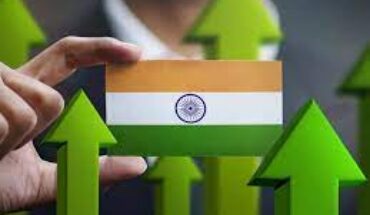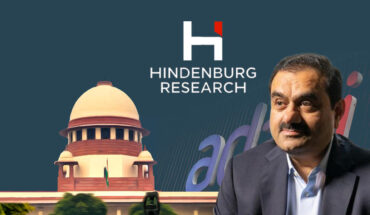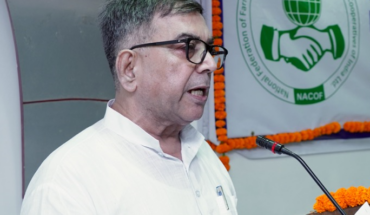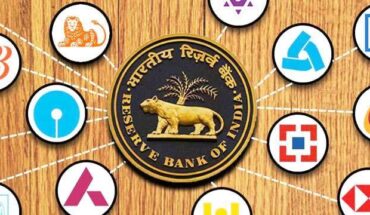Liberalism and nationalism mean different things to different people, and the two concepts are often considered mutually exclusive. Over 70 years after Indian independence, it is worth recalling that the British claimed that their empire rested on liberal foundations and the transfer of power to nationalists evidenced this claim. But liberalism often clashed with anti-colonial nationalism; the greatest material support to anti-colonial movements during the Cold War came from the illiberal Soviet Union.
After the rise of the nation state, wars were attributed to the power and expansionist policies of nations. In Europe, nations were in almost constant conflict, and Japanese nationalism led to wars, particularly with China. In the early period of the last century, nationalism was regarded as the root cause of war, but this was an oversimplification, since many, especially Marxists, would argue that capitalism, which led to colonialism, was equally if not mainly responsible. In Europe, as the national idea spread, it became ethnic-oriented and increasingly illiberal, with an exception being Giuseppe Mazzini’s nationalist activism.
Before Indian independence, nationalism was regarded with suspicion; Rabindranath Tagore had considered it a malign ideology, making a subtle distinction between the Nation of the West, which he critiqued as a mechanical and soulless, and the Spirit of the West representing Enlightenment values of internationalism and universalism. There were alternative strands of thinking; Vinayak Damodar Savarkar contrasted his espousal of Hindutva nationalism with Buddha’s universalism, the latter’s non-violence being regarded by him as weakening Indian patriotism, since “Buddhism had its centre of gravity nowhere”.
Jawaharlal Nehru saw merit in nationalism as the focus of the Independence movement. In 1950, he asserted that “the strongest urge in Asia …is the anti-colonial urge and the positive side of it is nationalism”, and in 1953, “nationalism has been and is a very good thing. It has been a great liberating force in certain stages of a country’s history”. Yet, he feared that extreme nationalism among colonised peoples could degenerate into fascism and expansionism.
Prime Minister Narendra Modi’s party’s dogma harks back to the thinking of Savarkar and M.S. Golwalkar, representing Indian cultural nationalism and attempting an impossible balance between the projection of hard power and promotion of peace. Nationalism may take various forms but essentially, it is about collective identity, whereas liberalism implies the defence of individual freedom and self-determination, the state’s role being to protect the private sphere. In practice, liberalism has advantages and disadvantages; it can underpin universal rights and Adam Smith’s natural laws of economics, but its appeal is mainly to the professional educated class, and lacks nationalism’s emotional appeal.
Asian politics are politically conservative when the economy is booming, shown by lengthy autocratic governments in China, Singapore and Vietnam, whereas the Asian financial crisis of 1997 led to a democratic impulse in Taiwan, Indonesia, South Korea, and intermittently in Thailand. Democracy in Asia is not shaped by the liberalism of the West; the centrality of civil and political rights is less dogmatic and a degree of state intervention considered acceptable when it comes to individual autonomy.
The liberal tradition contributes the ideas underlying the post-Second World War international system, embracing democracy, free trade, international law, multilateralism, environmental protection and human rights. Problems arise when such ideas become a doctrine for nation-building irrespective of context, with western intervention in the developing world and its consequences of turmoil and Islamist extremism and terror. The current example of Afghanistan is a case in point.
Liberalism is now attacked in the West by both the far-right populism illustrated by former U.S. President Donald Trump, and the left represented by such as Senator Bernie Sanders who regard the global situation as the neo-liberal preserve of the rich and powerful. Despite American diplomatic rhetoric, there never has been a community of mutually supportive liberal democracies. International relations are conducted at the axial point of an egalitarian order of law and a hierarchical order of power: the United Nations represents this tension in the differing principles on which the Security Council and General Assembly are based. This is why the reform of the UN to include India, Japan, Germany and a few others as permanent members of the Security Council proves so difficult to achieve.
How will nationalism and liberalism be reflected in a future Asia? Both India and China were at the receiving end of western imperialism and emerged as supporters of principles of international society reflected in the Panchsheel, namely sovereignty, territorial integrity and non-interference. This implies rejection of western efforts to qualify sovereignty by making it dependent on human rights protection. The Non-Aligned Movement and Afro-Asianism were efforts to project a soft power model, but soon China, India and Pakistan joined the nuclear weapons club of hard power. The two leading Asian nations, India and China, used the present world system to fashion their rise while protesting against the control of the United Nations and world financial institutions but have not formulated any alternative based on Asian nationalism. Their current rivalry makes such a desirable outcome a remote prospect.
Krishnan Srinivasan is a former Foreign Secretary. Views are personal





